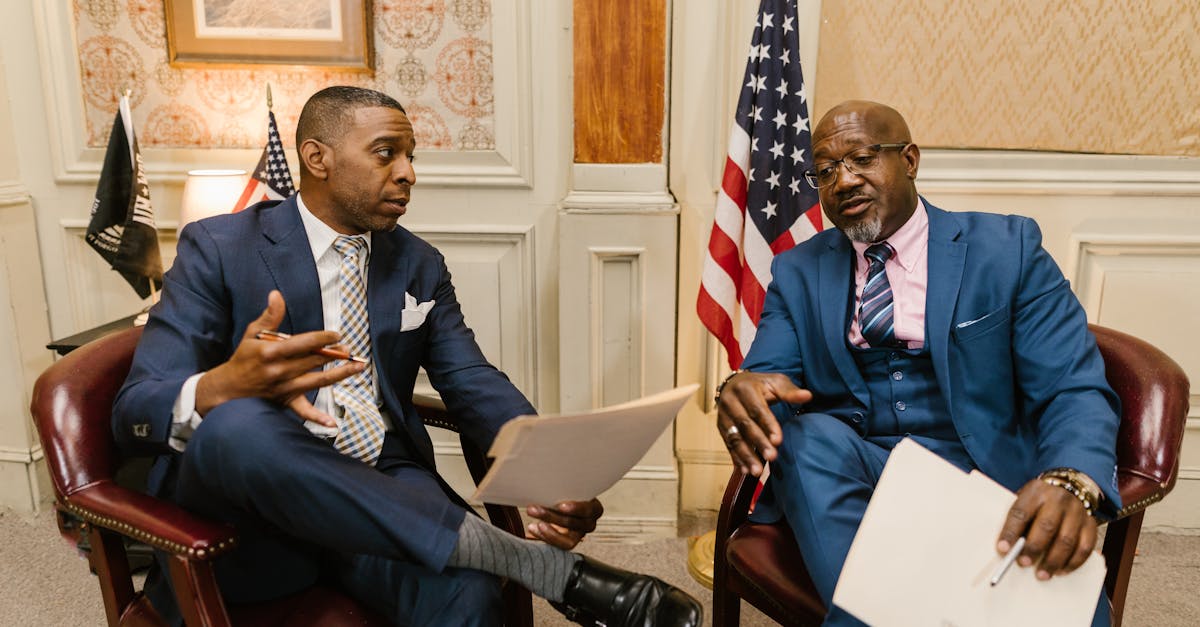
Outlining Termination and Renewal Terms
Outlining termination and renewal terms is a crucial aspect of contract drafting and negotiation. Clearly defining the circumstances under which the contract can be terminated provides both parties with a sense of security and clarity regarding the agreement's duration and potential exit points. Additionally, outlining the procedure for renewal if desired ensures that both parties are aware of the steps required to extend the contract beyond its initial term. By addressing these elements in the contract, potential conflicts and misunderstandings can be minimized, fostering a more harmonious business relationship.
Incorporating governing law into the contract is essential to establish the jurisdiction and laws that will govern the interpretation and enforcement of the agreement. This step provides a framework for resolving any disputes that may arise during the course of the contract's execution, offering both parties a clear reference point for understanding their legal rights and obligations. By delineating the governing law within the contract, the parties can mitigate the risk of conflicts stemming from differing interpretations of applicable regulations and legal frameworks.
Define the circumstances under which the contract can be terminated and the procedure for renewal if desired.
When drafting a contract, it is crucial to clearly define the circumstances under which the agreement can be terminated. This section should outline the specific conditions or events that would lead to the cancellation of the contract by either party. Including termination clauses helps in safeguarding the interests of all parties involved and provides a structured process for ending the agreement if necessary. Additionally, it is vital to establish the procedure for renewal if desired. Setting out the steps for renewal ensures that both parties are on the same page regarding the extension of the contract term, preventing any misunderstandings or disputes that may arise in the future. By including detailed provisions for termination and renewal, the parties can navigate potential issues smoothly throughout the duration of the contract. Contract Drafting and Negotiation play a crucial role in shaping these aspects of the agreement to maintain clarity and mitigate risks.
Incorporating Governing Law
When it comes to incorporating governing law into a contract, it is crucial to determine the jurisdiction and laws that will prevail in the event of disputes or disagreements between the parties involved. This ensures that there is clarity and predictability in how the contract will be interpreted and enforced, reducing any potential complications that may arise. By specifying the governing law, parties can also have a better understanding of their rights and obligations under the contract. Contract Drafting and Negotiation experts emphasize the significance of this step to avoid ambiguity and facilitate smoother resolution processes if conflicts emerge.
Specifying the governing law in a contract can help in avoiding confusion and conflicts regarding the applicable rules and regulations that will guide the interpretation and enforcement of the agreement. This clarity not only provides a framework for dispute resolution but also establishes a foundation for the smooth functioning of the contract throughout its duration. Adhering to the chosen governing law ensures consistency in decision-making processes and helps in maintaining the integrity of the contractual relationship. Contract Drafting and Negotiation specialists recommend careful consideration and explicit elucidation of the governing law to safeguard the interests of all parties involved.
Determine the jurisdiction and laws that will govern the interpretation and enforcement of the contract.
When drafting a contract, one crucial step is determining the jurisdiction and laws that will govern the interpretation and enforcement of the agreement. This aspect is fundamental to ensure that both parties understand the legal framework under which the contract operates. By clearly specifying the governing law, any potential disputes can be resolved efficiently, as the applicable legal principles will already be established. When outlining the jurisdiction, it is essential to consider the location of the parties, the subject matter of the contract, and any potential conflicts of laws that may arise.
In Contract Drafting and Negotiation, the choice of governing law can significantly impact the interpretation and enforcement of the contract. Therefore, legal counsel should be consulted to determine the most appropriate jurisdiction based on the specific circumstances of the agreement. By incorporating this essential element into the contract drafting process, parties can mitigate the risk of ambiguity and potential legal complications that may arise in the future. Ultimately, clarity and precision in specifying the governing law can contribute to the overall effectiveness and enforceability of the contract.
Enumerating Representations and Warranties
When it comes to Contract Drafting and Negotiation, clarifying representations and warranties is a critical aspect that helps in avoiding potential disputes and misunderstandings. Each party involved in the contract must provide assurances regarding the accuracy of information shared and the commitment to fulfill their obligations as outlined in the agreement. These representations and warranties serve as promises made by the parties to uphold the terms of the contract, thereby establishing a foundation of trust and accountability throughout the duration of the agreement.
Enumerating representations and warranties involves outlining the specific details of what each party is guaranteeing within the contract. It is crucial to be thorough and clear in defining these assurances to leave no room for ambiguity. By clearly stating the representations and warranties, the parties involved can mitigate risks and ensure that everyone is aware of their responsibilities and liabilities under the contract. This step plays a significant role in creating a mutually beneficial and transparent agreement that sets the expectations for all parties involved in the Contract Drafting and Negotiation process.
Outline the assurances made by each party regarding the accuracy of information and fulfillment of obligations.
In the realm of Contract Drafting and Negotiation, outlining representations and warranties between parties plays a pivotal role. These assurances serve as the cornerstone of trust and accountability in legal agreements. Each party is bound to declare the accuracy of information provided, ensuring that all statements are true and complete to the best of their knowledge. Moreover, commitments to fulfilling obligations as stipulated in the contract are also integral components of representations and warranties. These assertions not only establish clarity but also contribute to the overall credibility and reliability of the contractual relationship.
Incorporating detailed representations and warranties in a contract serves to mitigate potential risks and disputes. By explicitly stating the obligations that each party undertakes, ambiguities and misunderstandings can be minimized. Accuracy in the information provided safeguards against fraudulent activities and misrepresentation, fostering an environment of transparency and accountability. Furthermore, the inclusion of these assurances not only reinforces the parties' commitment to the contract but also acts as a foundation for potential legal recourse in case of breaches or discrepancies.
FAQS
What is the first step in drafting a contract?
The first step in drafting a contract is to clearly outline the terms and conditions that both parties agree to.
Why is it important to include termination and renewal terms in a contract?
Including termination and renewal terms in a contract is important to define the circumstances under which the contract can be terminated and the procedure for renewal if desired.
How do you determine the governing law to incorporate into a contract?
To determine the governing law to incorporate into a contract, you need to identify the jurisdiction and laws that will govern the interpretation and enforcement of the contract.
What are representations and warranties in a contract?
Representations and warranties in a contract are assurances made by each party regarding the accuracy of information and fulfillment of obligations.
Can a contract be legally binding without outlining termination and renewal terms?
While a contract can still be legally binding without outlining termination and renewal terms, including these terms helps avoid confusion and disputes in the future.






